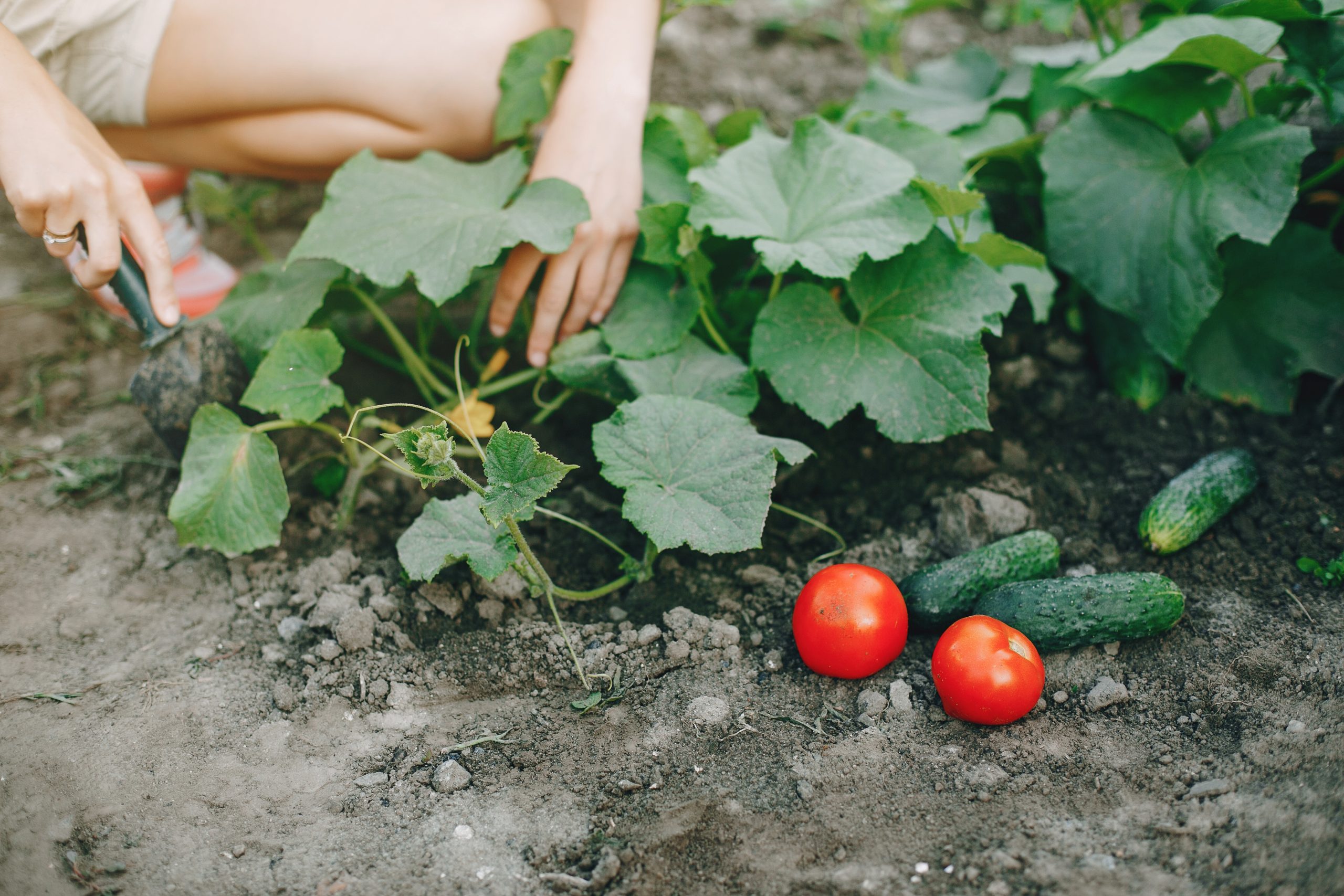
Fresh, healthy and fully organic vegetables from your own garden, for which you can go outside the house just before preparing dinner, can become a reality. And your own home vegetable garden, despite appearances, is not such a difficult task to perform. Therefore, if you want to start your own garden, this article is just for you.
Starting a vegetable garden is best done by choosing a suitable place on the plot. This place should be first of all flat, well sunny and – in case you have small children or four-legged pets – fenced to protect future crops from damage. The size of the vegetable garden depends on individual preferences, but it is worthwhile to exercise restraint at the very beginning of the gardening adventure so as not to be discouraged by the amount of work
When we have already chosen a suitable place in our garden, we can move on to preparing the ground. This stage begins with digging the soil to a depth of about 30 centimeters, mixing it preferably with compost or other organic fertilizer. Digging up the vegetable garden is best done in autumn or late summer because, during the winter season, precipitation will adequately water the soil and allow the fertilizer to spread evenly
The process of digging the garden should also be repeated in the spring, this time paying more attention to breaking up larger clods of soil, removing stones and weed rhizomes that will interfere with the crop
Once the land for the vegetable garden has been properly prepared, you can move on to the next step, which is to designate the beds in which the vegetables will be sown. They should be about 130 centimetres wide and about 40 centimetres apart so that you can pass freely between them without destroying the crops without damaging the crop
The final step in creating a vegetable garden is to sow the plants. It’s a good idea to choose seeds that are of good quality and come from reliable, reputable suppliers so that they guarantee a fruitful harvest. Each plant has a different sowing date, but this one is usually given by the manufacturer on the package. You should read it and follow the advice given
When sowing seeds you should do it densely, without worrying that they will grow too much, because anyway the beds will require spading, that is thinning out of excess plants, weaker and not promising to bear fruit
How you sow your vegetables in a bed depends mainly on your personal preference. However, it is worth knowing that some plants sown next to each other have a beneficial effect on each other. For example, it’ s worth planting cabbage right next to tomatoes to protect them from the pest of cabbage leafminer (a small caterpillar that bites the leaves). On the other hand, the ideal company for strawberries will be lettuce, beans or peas
Once you have sown your vegetables, all you have to do is wait for them to sprout. Remember to water the area regularly in the morning or evening when the sun’s rays are not too intense. Once they have germinated, it will sometimes be necessary to weed out the weeds, which should be done regularly because if left to their own devices, they will drown out the vegetables, taking away their access to light
After the season and harvest, all you have to do is re-dig the soil and prepare it for planting your favorite vegetables for next year.